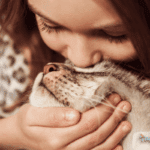Why are puppies so cute?
The science of puppy cuteness combines evolutionary biology, neuroscience, and behavioral psychology. Research shows that puppies have evolved specific facial features and expressions that trigger nurturing responses in humans. This comprehensive guide explores the biological basis of human-dog bonding, developmental stages of puppies, and the health benefits of human-puppy interactions, backed by veterinary expertise and scientific research.
You know that moment when a puppy looks up at you with those big, soulful eyes, and your heart just melts? As a veterinarian, I see it happen every day in my clinic – people can’t help but smile, coo, and reach out to pet these adorable little creatures. What’s amazing is that there’s actually some incredible science behind why we’re so powerless against puppy cuteness!
Learn more about how dogs communicate with humans
Quick Facts About Puppy Development and Human Bonding
- • Puppies trigger the same brain responses as human babies
- • Interacting with puppies boosts oxytocin by up to 68%
- • Peak cuteness occurs between 6-8 weeks of age
- • Dogs have evolved special facial muscles to communicate with humans

The Evolution of Puppy Cuteness: A Scientific Journey
Ever wondered why you can’t resist smiling when you see a puppy? There’s fascinating science behind those “aww” moments! Scientists call it the “baby schema” effect, and it explains why puppy features make our hearts melt, just like when we see human babies.
Recent evolutionary research has revealed how dogs developed specific features to enhance bonding with humans:
Facial Muscle Evolution
- Developed unique “inner eyebrow raising” muscle
- Enhanced eye contact capabilities
- Specialized lip control muscles
- Improved emotional expression abilities
Discover more about dog facial expressions and body language]
🐾 Tailwaggors Tip:
Those puppy dog eyes aren’t just cute – they’re an evolutionary masterpiece designed specifically for human connection!

The Neuroscience of Human-Dog Bonding
Remember the last time you cuddled with a puppy and felt all your stress just melt away? That wasn’t just in your head – well, actually, it was! Your brain undergoes remarkable changes during puppy interactions:
What Happens in Your Brain
- Oxytocin Release
- Known as the “love hormone”
- Strengthens emotional bonds
- Reduces stress levels
- Dopamine Increase
- Creates feelings of pleasure
- Enhances mood
- Reinforces bonding behavior
Learn about the health benefits of pet ownership
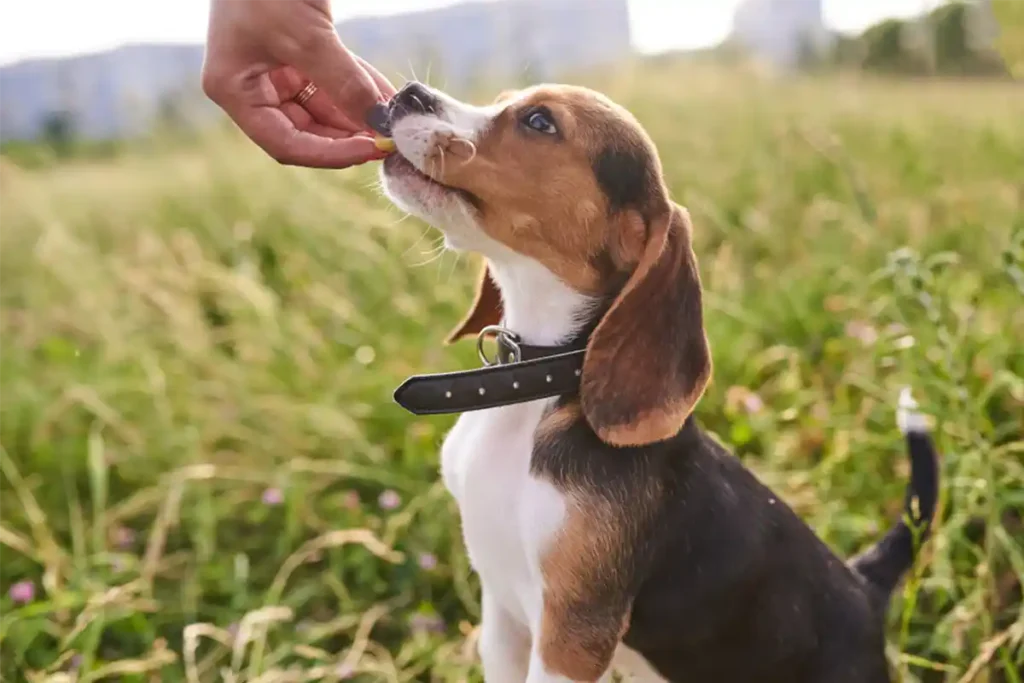
Puppy Development Stages: A Week-by-Week Guide
Just like human babies, puppies go through crucial developmental stages. Understanding these stages helps create stronger bonds and better training outcomes.
1. Neonatal Period (0-2 weeks)
- Primary focus on nursing and warmth
- Early handling benefits future socialization
- Beginning of sensory development
2. Transitional Period (2-3 weeks)
- Eyes and ears open
- First environmental awareness
- Starting to explore their world
Get detailed insights about puppy socialization
3. Critical Socialization (3-12 weeks)
This golden period is essential for:
- Human bonding development
- Environmental learning
- Social skill acquisition
- Personality formation
The experiences during these early weeks shape a puppy’s entire future. Positive interactions during this time create confident, well-adjusted adult dogs.” – Dr. Esther Knoetze, BSc, BVSc.
Use our interactive calculator below to identify your puppy’s current developmental stage and get tailored advice:
Puppy Development Stage Calculator
🐾 **Tailwaggors Tip:** Keep track of your puppy’s development stages using this calculator and adjust your training and care approach accordingly. Every puppy develops at their own pace, so use these guidelines as a general framework rather than strict rules.
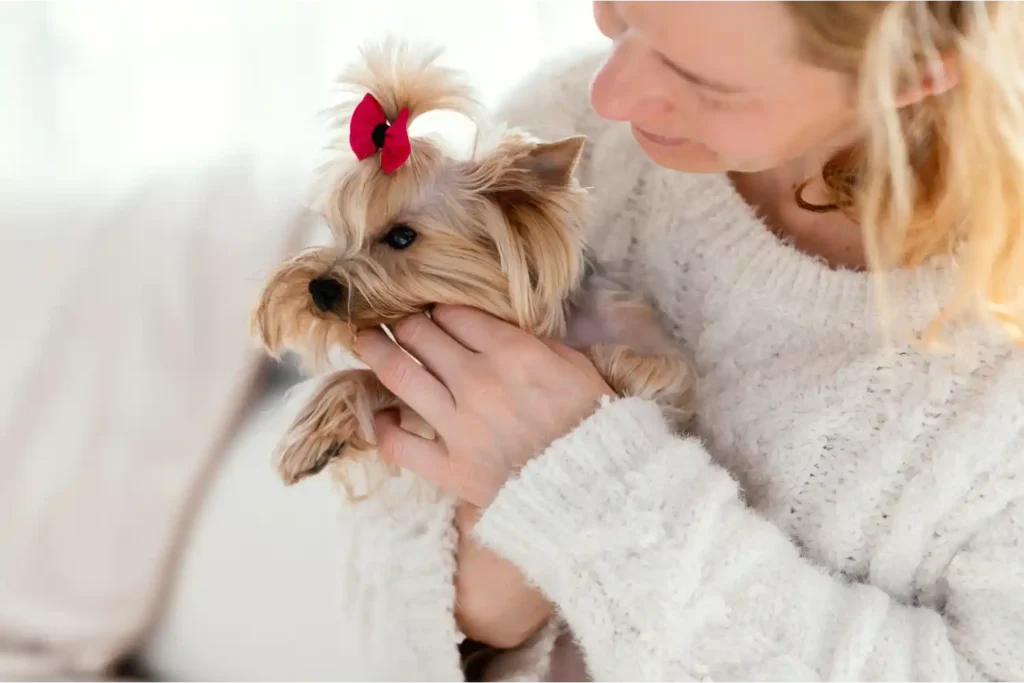
Health Benefits of Human-Puppy Interaction
Scientific research has revealed numerous health benefits from spending time with puppies:
Physical Benefits:
- Reduced blood pressure
- Increased physical activity
- Enhanced immune function
- Better cardiovascular health
Mental Health Impact:
- Stress reduction
- Improved mood
- Enhanced social connections
- Better emotional regulation
Explore more about how pets improve human health
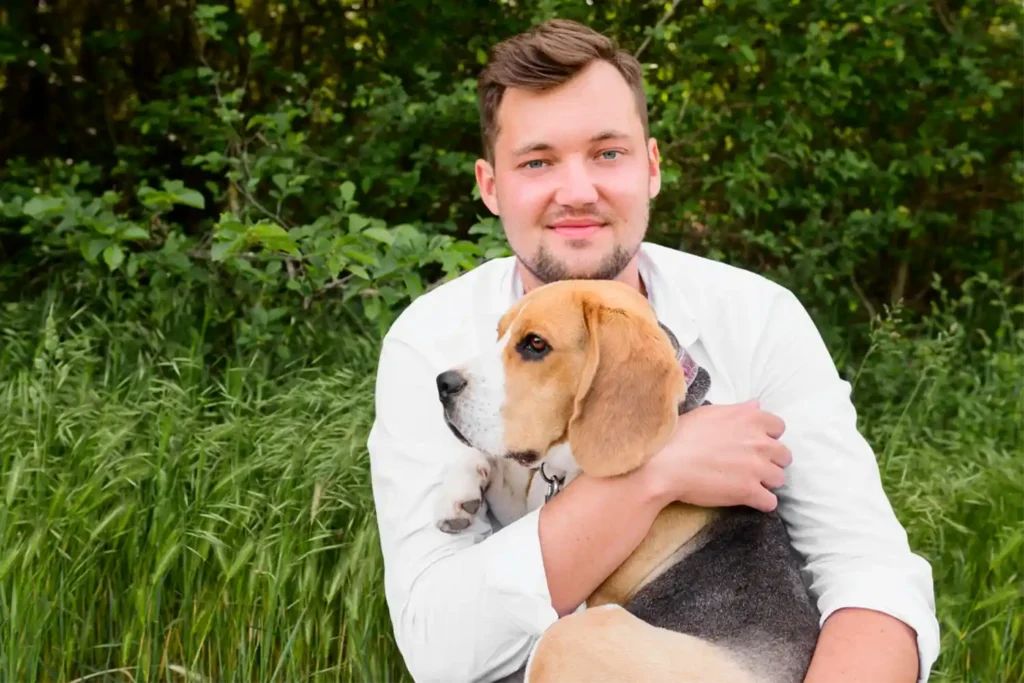
Practical Tips for Strengthening Your Puppy Bond
1. Quality Time Together
- Set aside dedicated play sessions
- Create consistent routines
- Use positive reinforcement
- Practice gentle handling
2. Understanding Their Language
- Learn to read body language
- Respond to communication attempts
- Use consistent commands
- Practice patience
Master essential dog training commands
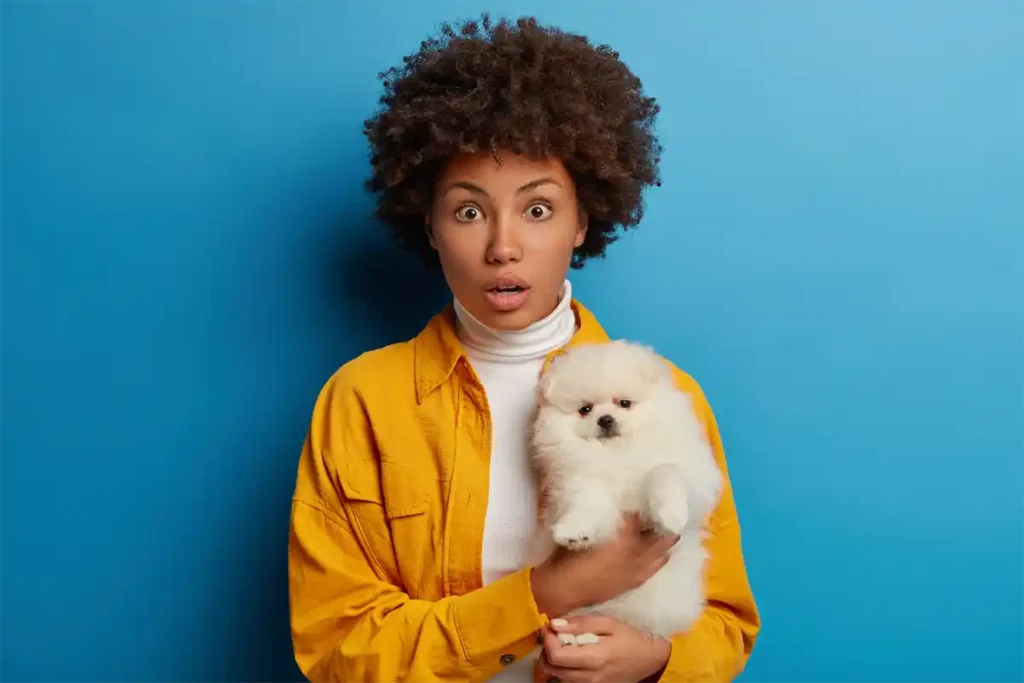
FAQs About Puppy Development and Bonding
Why are puppies cute from a scientific perspective?
+According to research published in the Proceedings of the National Academy of Sciences, puppies exhibit “baby schema” features (large eyes, round faces, small noses) that trigger nurturing responses in humans. This is an evolutionary adaptation that helps ensure survival.
When are puppies at their most socially receptive?
+The American Veterinary Medical Association identifies 3-12 weeks as the primary socialization period, with peak social learning occurring between 6-8 weeks. This period is crucial for developing bonds with humans and other animals.
What happens in your brain when you interact with a puppy?
+Studies show puppy interaction activates the nucleus accumbens (pleasure center), releases oxytocin (bonding hormone), and reduces cortisol (stress hormone). These changes occur in both humans and dogs during positive interactions.
How do puppies affect human health?
+According to NIH research, interacting with puppies can lower blood pressure, reduce stress, increase physical activity, and improve mental health. Studies show dog owners have a significantly reduced risk of cardiovascular issues and better overall health outcomes.
How have dogs evolved to communicate with humans?
+Research in Nature Scientific Reports shows dogs have evolved special facial muscles absent in wolves, including one that creates “puppy dog eyes.” They’ve also developed enhanced eye contact abilities and improved vocal communication skills specifically for human interaction.
Looking Forward: The Future of Human-Dog Research
Current studies are exploring:
- Advanced communication methods
- Genetic factors in bonding
- New therapeutic applications
- Enhanced training techniques
🐾 Final Tailwaggors Tip:
Remember, while science explains why puppies are so irresistible, each bond is unique. Enjoy your special connection with your furry friend!
Discover more ways to strengthen your pet bond
🐾✨ Explore puppy development stages, bonding secrets, and science-backed tips in this comprehensive vet guide.
Share with fellow dog lovers and join the conversation about these amazing companions! 🐶❤️







